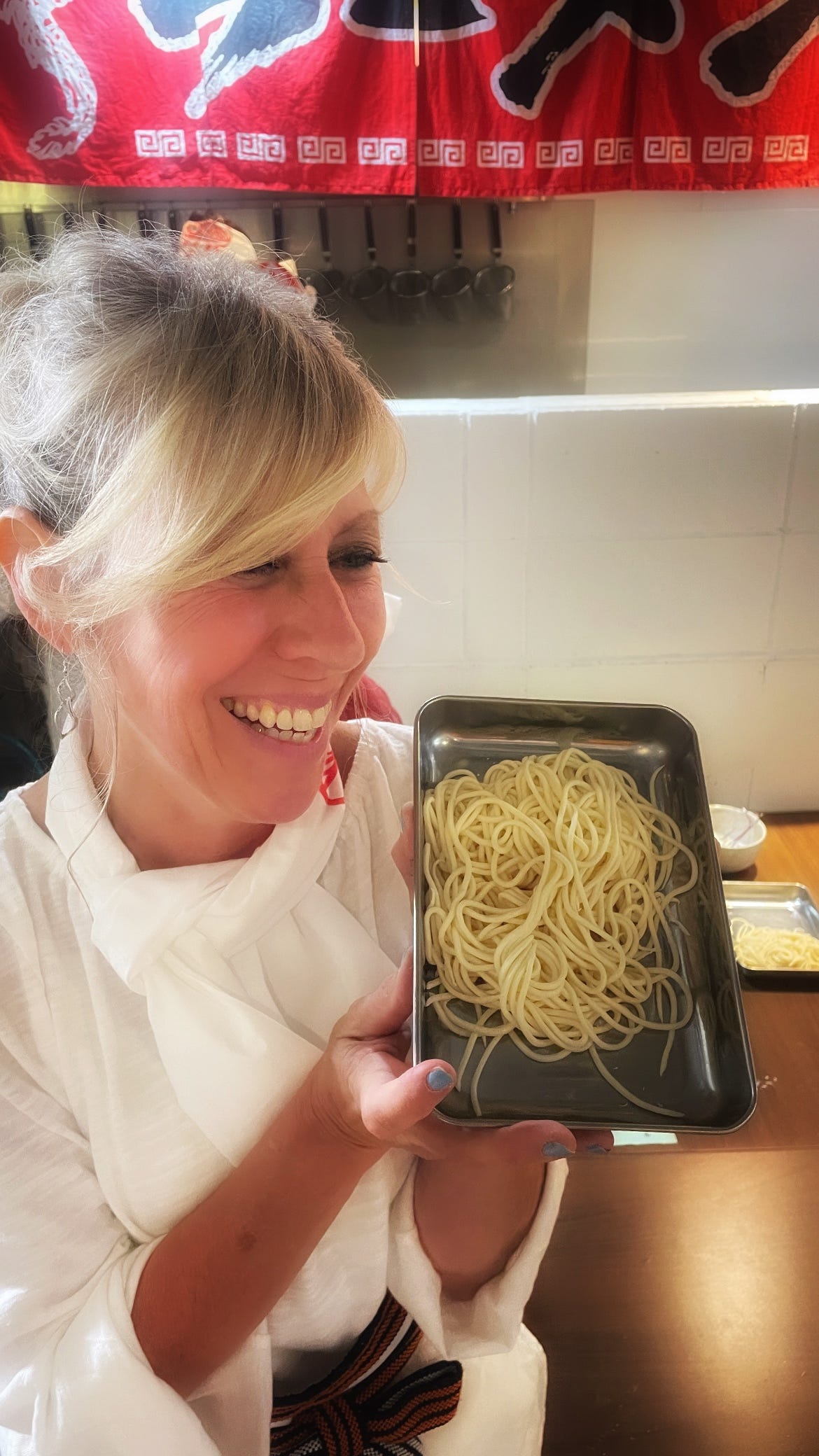Ramen: A Vegan Guide to Japan’s Iconic Noodle Dish
A plant-based ramen primer, complete with tips, travel recommendations, and favorite Ramen shops in Japan.
Thank you for subscribing! I would be so grateful if you would hit the ❤️ at the top or bottom of this post, share, and comment. It lets me know you’re there and helps other people find Compassion in Action! 🙏 HAPPY READING (and slurping)!
Before my first trip to Japan, I never really ate ramen. I associated it with cheap college dorm food—those instant packets you add hot water to, overly salty and completely uninspired. That was before I had the real thing—and became a ramen junkie. Whether or not you take it to my level of obsession, I’m excited to share everything you need to fall in love with ramen — plant-based style!
Brief origins of ramen in Japan
The essential components of ramen
Tips for finding plant-based ramen (and avoiding animal products) in Japan or anywhere else
My favorite vegan ramen spots in Tokyo and Kyoto
Recommended ramen-related movies
All of the articles in this series can be found here: Vegan Travel.
Origins of Ramen
Before it became a beloved staple of Japanese cuisine, ramen began elsewhere. Like many iconic dishes, its story starts across the sea—in China, where wheat was the dominant grain and noodles were already central to the cuisine. When Chinese immigrants brought these noodles to Japan in the late 19th or early 20th century, they laid the foundation for what would eventually become ramen—a dish that Japan would make entirely its own.
To understand where it all began, it helps to look at the word itself. In Chinese, mein simply means “noodles”—a term used in a wide range of dishes like chow mein (“stir-fried noodles”) and lo mein (“tossed noodles”). The Japanese word ramen comes from this same tradition, likely rooted in the Chinese characters ra (“stretch”) and men (“noodle”).
While the dish existed before WWII, it wasn’t until the postwar era—amid food shortages, U.S. wheat imports, and a growing urban workforce—that ramen began to evolve into its modern form. From there, it grew into a national icon, spawning countless regional styles and a devoted following.
But no matter the variation, every bowl of ramen is built on the same foundational elements.
Essential Ramen Components
At its core, ramen is a harmony of three main elements: noodles, broth, and toppings. Each one plays a vital role in creating the depth, texture, and satisfaction that make ramen so beloved. And yes—each can be entirely plant-based without sacrificing any of the flavor or comfort.
Noodles
Keep reading with a 7-day free trial
Subscribe to Compassion in Action to keep reading this post and get 7 days of free access to the full post archives.






